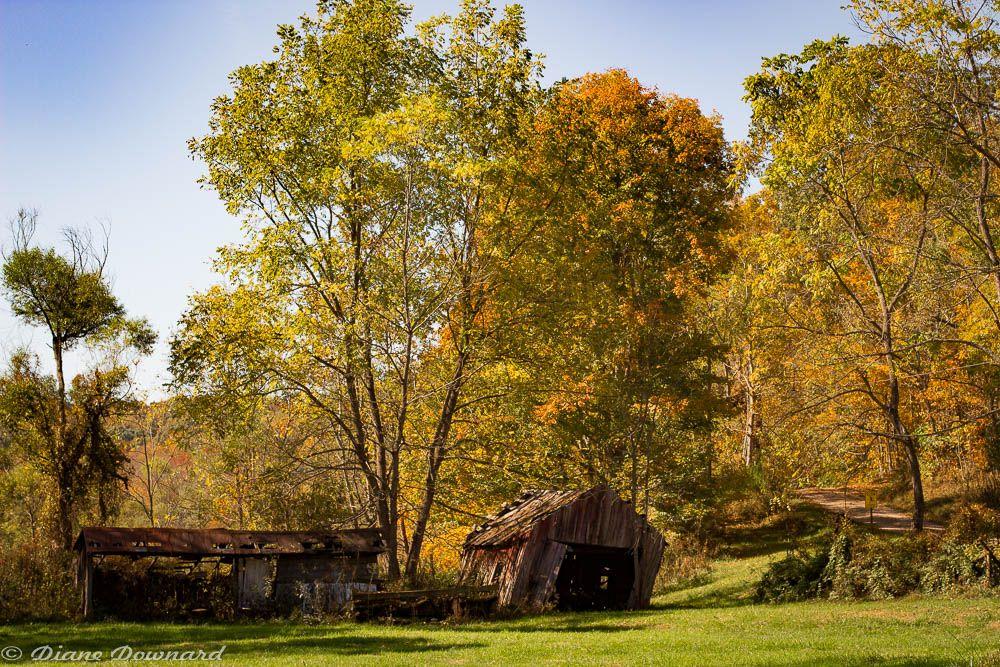The world is filled with astounding forests like the Amazon rainforest in Brazil and the Congo rainforest in Africa. These places hold some of the richest natural resources and a variety of wildlife. However, much like the rest of the environment, global forests are facing increasing threats. Forests, in particular, are being destroyed at an alarming rate by fires, loggers and pollution from industries and agriculture.
If you want to learn four effective ways to save the environment and ensure forest protection, you’ve come to the right place. Read on as we discuss these steps in greater detail below:
Reforestation and Afforestation
A very simple solution to ensure forest protection is ensuring reforestation once trees are cut. This also applies to forest land destroyed by fire or mining activities. The only way to increase forest cover and restore environmental balance is for structured afforestation programmes to be carried out by the authorities.
Reforestation may be conducted via either natural or artificial means and must be supervised during the initial period to ensure success. Further, trees for such programmes must be selected keeping local geographical conditions in mind.
Watch over Forest Clearance for Agricultural and Habitation Purposes
To protect our forests, its further clearance must be seriously considered as the impact would now be dangerous to the global ecosystem. In parts of Asia, Africa and South America, shifting cultivation is a part of land procurement by tribals. And around 280 million hectares are being used for this purpose around the world.
To ensure forest conservation, this should be strictly monitored, and alternative methods must be devised. Monitoring is also essential for forest clearance for the development of towns and cities. An effective solution is a planned programme for the construction of green belts around cities.
Protection from Forest Fires
Forest fires are the leading cause of the destruction of forests. Trees are highly susceptible to fire, and once fires start, they are tough to control to a manageable level. To protect forests from fire, the latest techniques of fire fighting must be adopted. And government bodies must ensure that the local fire fighting staff is regularly trained to control the fire effectively.
Planned Cutting of Trees
Finally, while it is unavoidable, commercial felling of trees must be carried out in a planned manner. As trees are considered a perennial resource, unfettered and unregulated, large scale cutting of trees has been allowed to be carried out. This exploitation can affect the revival of trees permanently if it continues to be unchecked.
Tree felling must be regulated by the use of sustainable methods like shelterwood cutting. Shelterwood cutting refers to a method of cutting where those trees which are of least use are cut down first, and the highest quality ones are cut down last. Regeneration will also be boosted if care is taken with respect to the time gap between cuttings.
In Conclusion
Forests are essential for ensuring long term survival and balance of the earth's environment. If care is not taken, the rampant destruction of forests will have a critical and irreversible impact on climate change. The wildlife that finds a safe haven in these forests will also be left without shelter and will eventually face extinction.
On an individual level, aside from the ways listed above, you can help protect forests and save the environment by involving yourself in community tree planting activities, reducing the use of paper and paper products, going digital in areas where paper is used and involving yourself in climate advocacy efforts. Your one small step can help make this planet a better place for future generations!



